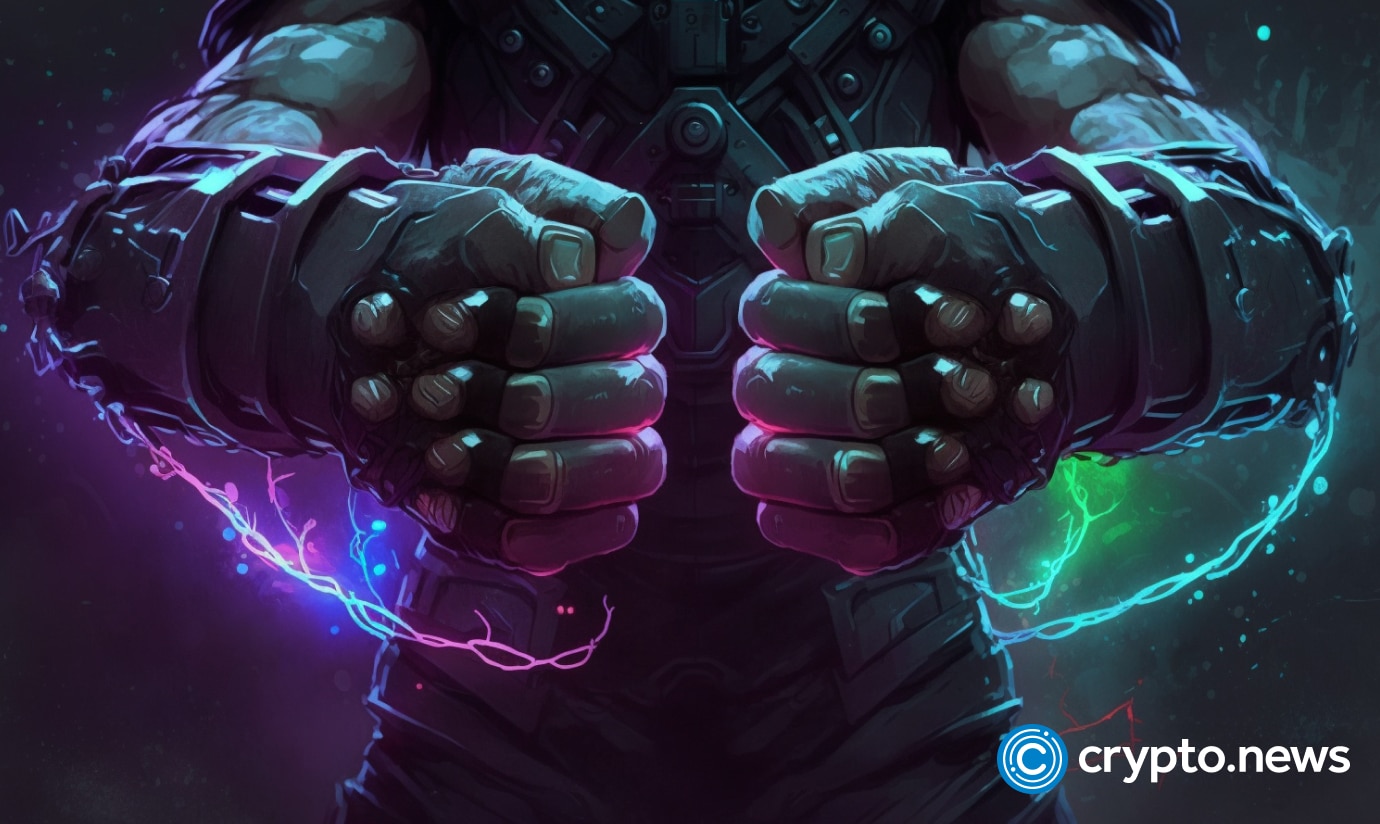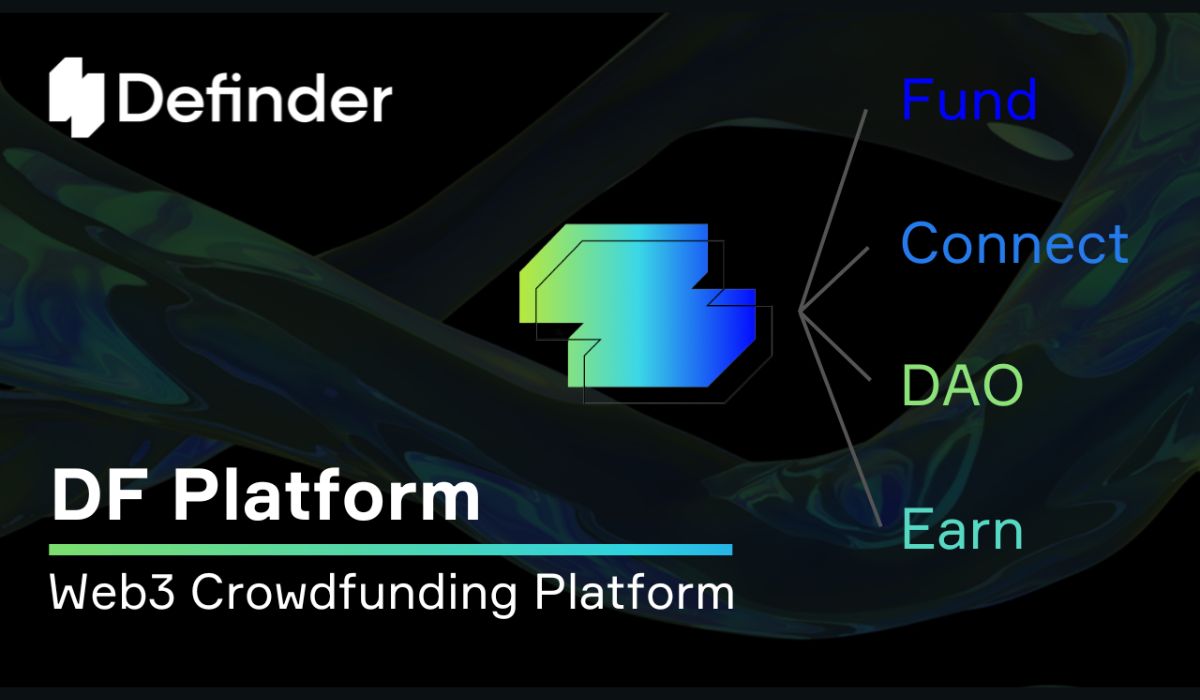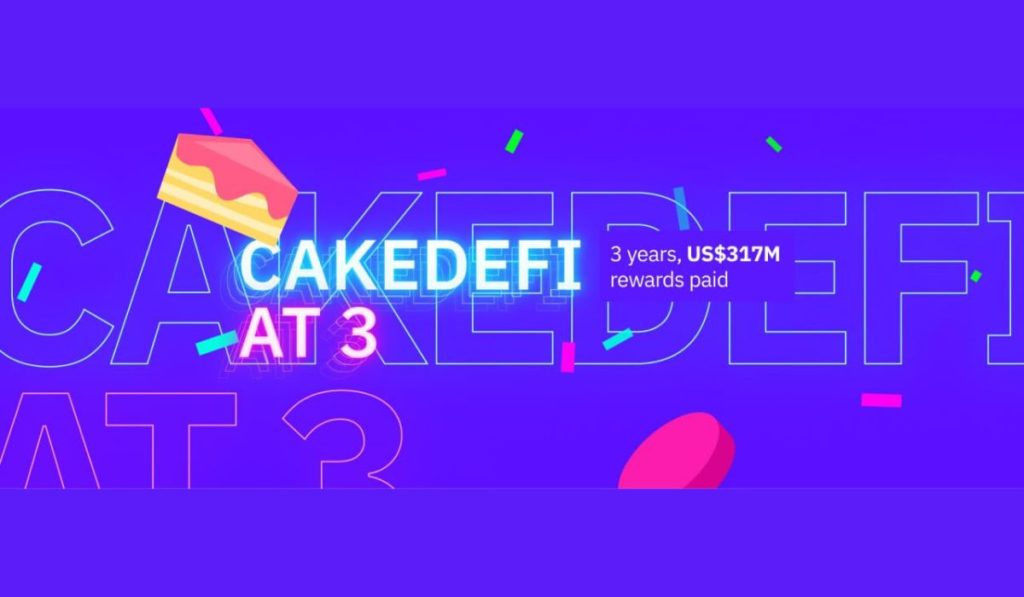
2023-6-29 11:29 |
The area of DeFi has taken a beating since the heyday of 2020 and 2021. Total value locked (TVL) has plummeted 75%, a startling collapse within a sector that had so many excited during the relentless crypto bull run. Many tokens are down over 90% in value, with some projects ceasing to exist entirely.
Despite the struggles of the industry, activity does remain in the area. Invezz interviewed Ian Petras, Head of Marketing at Spool DAO, the DeFi aggregator, to get some insights into the space and discuss new developments, as well as what the future holds for the industry at large.
Interview with Spool DAOIZ: TVL in DeFi is 75% below its peak during the bull market. What makes you think this trend can be reversed?
Ian Petras (IP): The DeFi portion of the overall blockchain industry is here to stay, therefore what we are witnessing is a drop in TVL due to the overall bearish sentiment brought on by the drop in price of the dominating coins, namely Bitcoin and to some extent Ethereum.
This is neither unheard of nor particularly concerning as prolonged drops larger than 75% have happened several times in the past.
Can DeFi attract capital while yields are higher in trad-fi?In the last 15 months, the Federal Reserve has engaged in one of the swiftest interest rate hiking cycles in modern history, with rates rising from near zero to above 5%. This stout yield, which is essentially risk-free as it is guaranteed by the government, has not helped DeFi. In fact, the opposite has happened in the space, with attractive yields during the COVID era proving unsustainable and falling far below what is currently on offer with T-bills.
IZ: DeFi grew rapidly in 2020 when yields were high and rates in trad-fi were near zero. Today, this has flipped: DeFi rates have come down while the Fed has hiked rates north of 5%. Do you think DeFi can attract capital while yields are so high elsewhere?
IP: DeFi can continue to attract capital despite the higher yields now offered by traditional finance. While yield is an important factor for investors, it’s not the only one, and DeFi brings several unique advantages to the table.
Traditional finance, particularly in a high-interest-rate environment, is often perceived as a safer and more predictable investment, due to its long-established regulations, protections, and the presence of trusted intermediaries.
However, this safety comes with its own costs, such as high fees and a lack of transparency that can sometimes occur in the traditional banking system.
On the contrary, DeFi offers a paradigm shift in how we approach finance. It removes intermediaries, which not only significantly reduces costs associated with financial transactions but also introduces a new level of transparency. All transactions on the blockchain are verifiable and immutable, offering an unprecedented level of transparency for investors.
Beyond this, DeFi provides financial services to a global audience, including those who are unbanked or underbanked, which traditional finance often struggles to reach. The inclusiveness of DeFi can attract capital from areas that traditional finance cannot.
Furthermore, DeFi is characterized by rapid innovation, with many projects offering unique and groundbreaking financial services that aren’t possible in the traditional finance system. This flexibility and customization can be very attractive to certain investors, despite the higher risks involved.
Lastly, even though average DeFi yields may have come down, there are still opportunities for high returns in the space, particularly for those willing to take on more risk. This can be attractive to yield-seeking investors.
Staking RewardsRecently, Spool DAO has partnered with Staking Rewards, the staking data provider, to build customisable crypto products. The centrepiece of the partnership is the launch of srETH, which aims to allow investors “to access DeFi in the same way they would utilize a traditional exchange-traded fund (ETF)”.
IZ: Describing the launch of srETH, you outline that “srETH allocates a small percentage of funds to a diverse selection of robust and track-proven DeFi strategies. These strategies have demonstrated their resilience across various economic environments”. Given DeFi only really came online in 2020, would you not be concerned that the track record is too short to declare a strategy as robust?
IP: While it is true that DeFi only began to reach maturity and significant levels of adoption around 2020, it’s important to consider the pace at which the space operates. Due to the open-source nature of blockchain technology and the rapid innovation that defines the DeFi landscape, the sector evolves at a pace much faster than traditional finance.
A year in DeFi can encompass a range of market conditions, from bull markets to bearish downturns, giving strategies the chance to be tested and refined in various economic environments.
Furthermore, the robustness of a strategy doesn’t solely depend on the length of its track record, but also on its performance under different market conditions, its resilience to unexpected events, and the soundness of its underlying mechanics. In DeFi, these aspects can be thoroughly examined due to the transparent and open nature of the technology. Every transaction and interaction can be verified on the blockchain, allowing for extensive auditing and analysis.
Take the example of srETH, the Ethereum liquid staking index product developed by Staking Rewards using Spool. This product allocates a percentage of funds to a diverse selection of DeFi strategies, with an emphasis on security and risk management through the Spool Labs Risk Model. The majority of the portfolio is invested in low-risk strategies, like Lido and Rocket Pool, while a smaller portion is allocated to higher-risk strategies that offer an excess yield.
In conclusion, while it’s essential to approach the DeFi space with a healthy level of scepticism given its relative novelty, it’s also important to appreciate the pace of innovation and the rigorous testing that strategies can undergo in this environment.
IZ: How does Spool make money off the srETH product? Are there fees?
IP: Spool employs a unique approach to revenue generation. This model is based on a performance fee, which stands at 10%. This fee is only applied to the profits users make on their investments, meaning it’s charged only when the amount withdrawn exceeds the initial deposit.
This methodology aligns Spool’s interests with those of the users. The more successful the srETH product is in generating yield and attracting capital, the greater the returns for both users and Spool, via the performance fee. This alignment drives Spool to continually optimize and enhance the product, ensuring the best possible outcomes for users.
With the initial goal for srETH to attract 100 million in assets under management (AUM), the potential for profitability is significant. As Spool facilitates the routing of this capital to the various staking strategies within the srETH product, it stands to generate substantial performance fees, assuming the product’s performance meets or, as we expect, exceeds expectations.
The 10% performance fee, applied to the gains from this sizable pool of managed assets, will be directed to the DAO. This action further strengthens the ecosystem, benefiting all participants.
IP: DeFi remains a very new area, with many of the risks difficult to quantify. Additionally, it can be challenging to ascertain which protocols have watertight coding and which could be vulnerable to attacks. How can this be done automatically by risk providers to create a multi-level risk score for each protocol?
IP: There is no standardised way of measuring the risk of any single DeFi protocol, which is why at Spool we’re increasingly trying to take on that role.
We have created the SRM (Spool Risk Model) which is a strategy that judges each individual strategy (and by extension, the protocols within it) based on several key factors that extend beyond code security (albeit that remains a staple). We consider total TVL, length of time the contract has been deployed, bug bounties offered, number of audits and much more.
While this is what we define as a standardised risk assessment model, anyone can create their own risk model to be integrated into a Spool Smart Vault. To that end, we have integrated with Solity, an external Risk Model Provider which aims to provide additional robust risk models that Spool users can take advantage of when deploying their capital via Spool.
RegulationIt is difficult to talk about crypto these days without mentioning the brutal regulatory crackdown which has engulfed the space. This is particularly relevant for staking, which has draw the ire of some lawmaking bodies around the world. Regarding the US, Ethereum also falls into a peculiar place. The world’s second-biggest cryptocurrency sparks lots of debate as to whether it constitutes a security or not, or which way regulators will eventually lean.
IZ: Ethereum is currently in a grey area with regard to the regulatory crackdown in the US and the issue of whether it constitutes a security or not. If it is deemed a security, do you think this will have an effect on TVL in the space?
IP: The question of whether Ethereum is a security is a complex one.
The Howey Test, used by the U.S. Securities and Exchange Commission to determine if a financial instrument is a security, may not easily apply to Ethereum due to its decentralized nature and its use as a “fuel” for running smart contracts.
However, the final decision rests with regulators and their interpretation of the law. If Ethereum were to be deemed a security, it could significantly affect the Total Value Locked (TVL) in DeFi, but not necessarily in a bad way.
In the short term, such a decision could create a sense of uncertainty and fear among some investors, potentially leading to a temporary decrease in TVL. The specifics of the regulatory decision and how it’s communicated would play a crucial role in shaping this reaction.
However, this short-term volatility could give way to long-term stability and growth. Securities are subject to regulations that protect investors and ensure market transparency. If Ethereum is classified as a security, it could bring increased regulatory clarity to the DeFi space. This could boost trust in DeFi and draw in more institutional investors from traditional finance—entities that control large amounts of capital but often hesitate to invest in areas that lack clear regulatory guidelines. This could lead to a substantial increase in TVL over the long term.
Finally, the impact of such a decision could also influence the pace and direction of innovation in DeFi. If Ethereum is deemed a security, it could prompt DeFi projects to migrate to other blockchain platforms with a more favorable regulatory environment. This could redistribute TVL across different blockchains.
DeFi’s resilience and adaptability mean that it is well-equipped to navigate these potential regulatory changes.
The post Interview: DeFi & staking – Spool DAO appeared first on Invezz.
origin »Defi (DEFI) на Currencies.ru
|
|




















